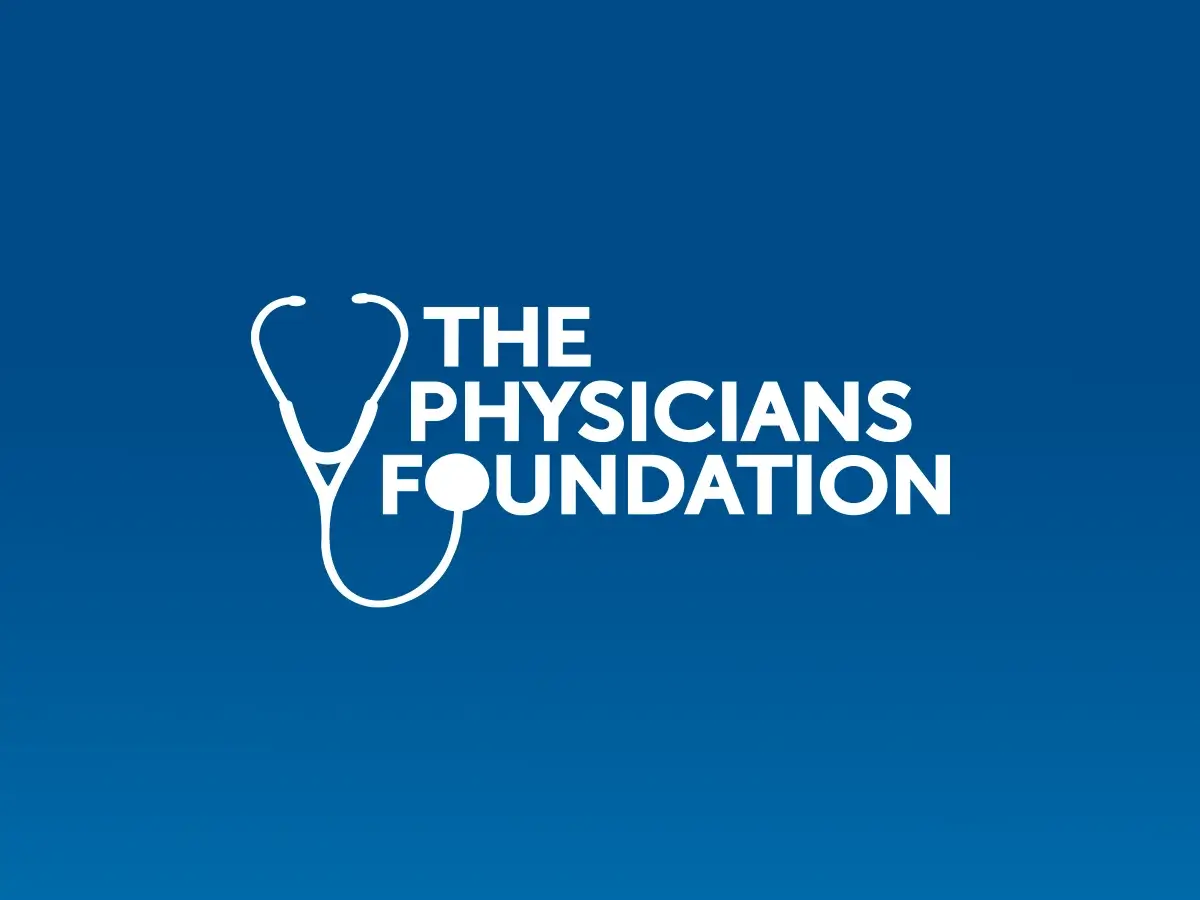
Practice Patterns and Perspectives 2016
A survey of more than 17,000 U.S. physicians found that they continue to struggle to maintain morale levels, adapt to changing delivery and payment models, and provide patients with reasonable access to care. The combination of these factors leaves a majority of physicians feeling that they lack time to provide the highest level of care.
Key Findings
Physician practice patterns are limiting patient access to care. Most physicians are not engaged in the levers of healthcare reform.
Key findings of the 2016 Survey of America’s Physicians suggest a continued struggle among physicians to maintain morale levels, adapt to changing delivery and payment models, and to provide patients with reasonable access to care. Key findings include:
- 54% of physicians rate their morale as somewhat or very negative.
- Only 37% describe their feelings about the future of the medical profession as positive.
- 49% often or always experience feelings of burn-out.
- 49% would not recommend medicine as a career to their children.
- Physicians spend 21% of their time on non-clinical paperwork, the equivalent of 168,000 physician FTEs not engaged in clinical activities.
- Only 14% of physicians have the time they need to provide the highest standards of care.
- 80% of physicians are overextended or at capacity, with no time to see additional patients.
- 72% indicate that external factors such as third party authorizations significantly detract from the quality of care they are able to provide.
- 27% do not see Medicare patients, or limit the number they see.
- Employed physicians see 19% fewer patients than practice owners
- 20% of physicians practice in groups of 101 doctors or more, up from 12% in 2012.
- 17% of physicians are in solo practice, down from 25% in 2012.
- 48% of physicians plan to cut-back on hours, retire, take a non-clinical job, switch to “concierge” medicine, or take other steps limiting patient access to their practices.
- Only 43% have their compensation tied to quality or value.
- Only 44% of physicians believe hospital
employment of doctors is a positive trend. - Only 43% participate in insurance products offered through state/federal exchanges.
- Only 20% are familiar with the Medicare Access and CHIP Reauthorization Act (MACRA).
- Only 11% of physicians say electronic health records (EHRs) have improved patient interaction, while 60% say they have detracted from patient interaction.
- Only 33% of physicians identify as independent practice owners or partners, down from 48.5% in 2012.
- 55% of physicians participate in the Physician Quality Reporting System (PQRS), 36% participate in an ACO, and 75% participate in patient satisfaction surveys.
- 71% of physicians describe “patient relationships” as the most satisfying aspect of medical practice, while 58% say “regulatory/paperwork burdens” is the least satisfying.
- Only 6% indicate ICD-10 has improved efficiency in their practices, while 42.5% say it has detracted from efficiency.
It should be noted that physicians are not uniform in their perspectives. Younger physicians, female physicians, employed physicians and primary care physicians are notably more positive about the current medical practice environment than are older physicians, male physicians, medical specialists and practice owners, though the majority of almost all types of physicians suffer from low morale and express doubts about the direction of the healthcare system.

